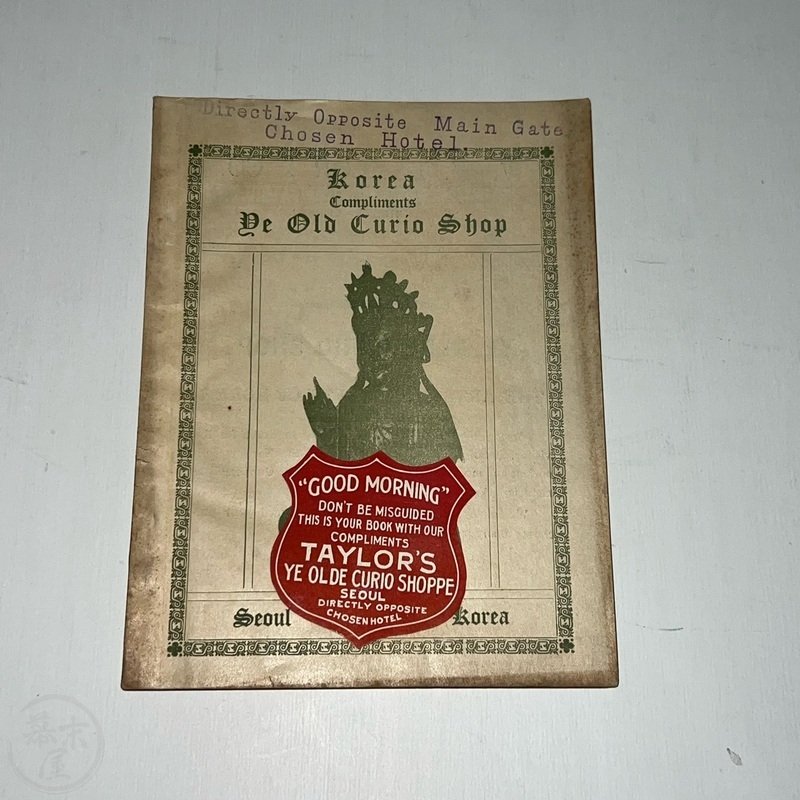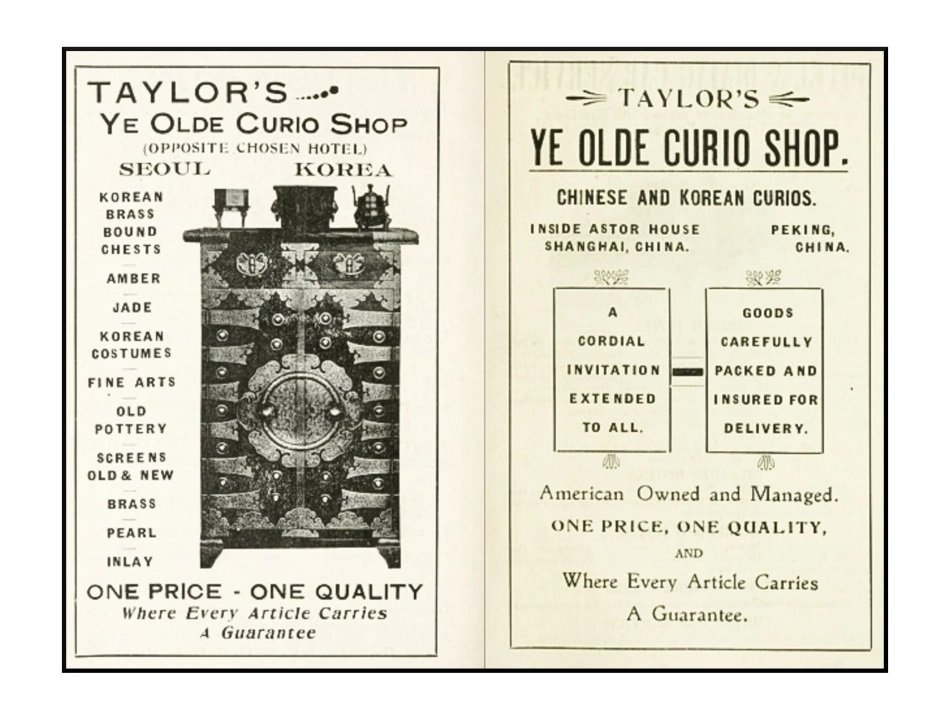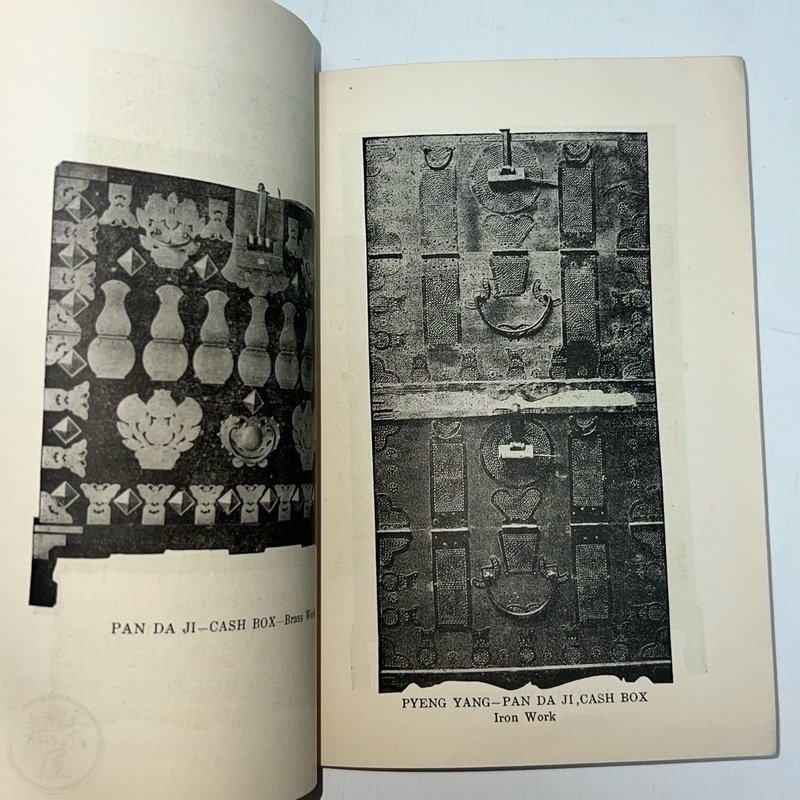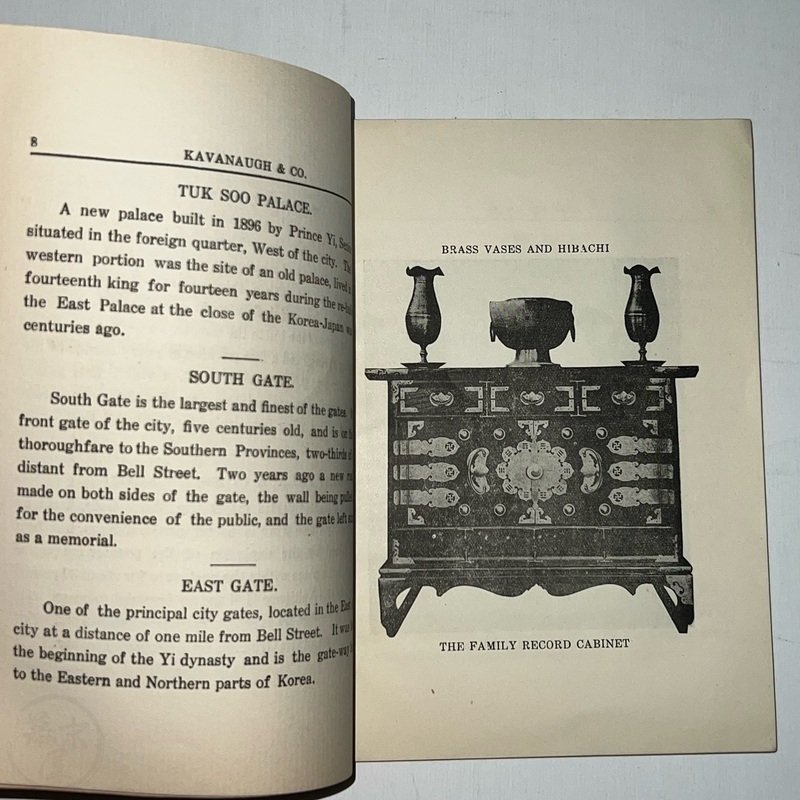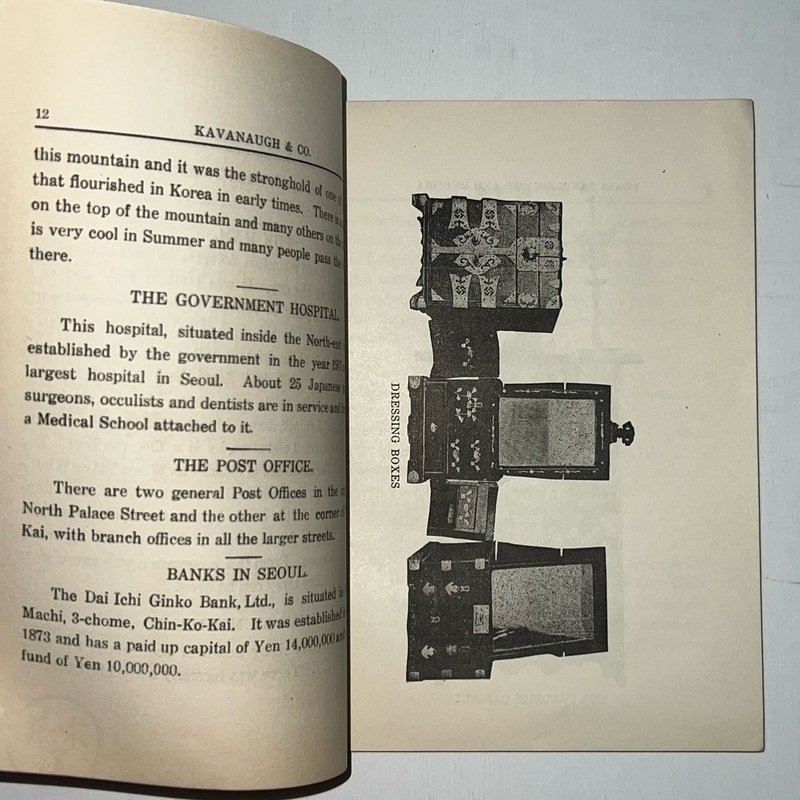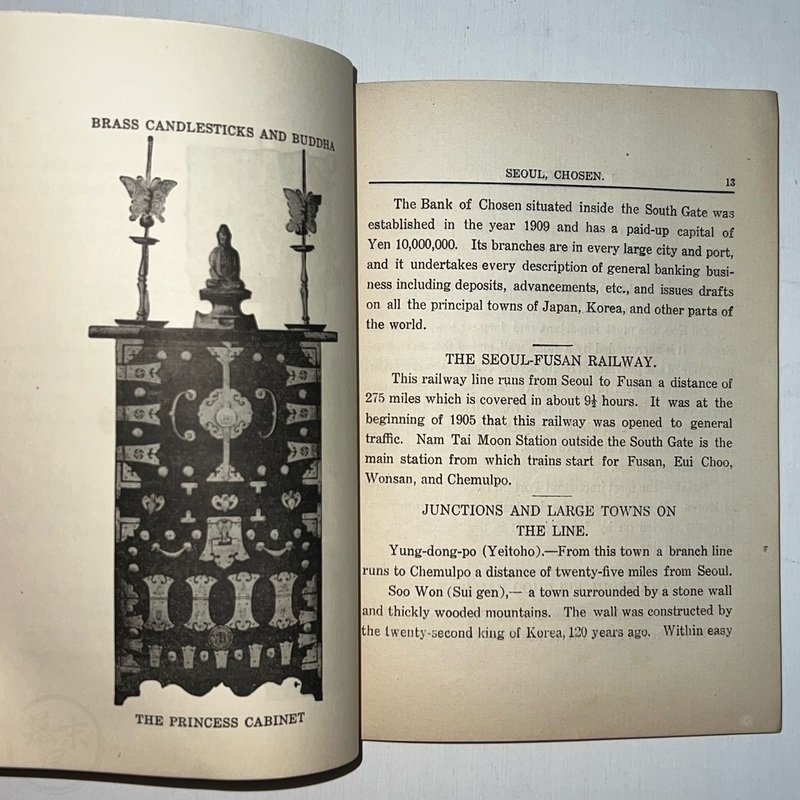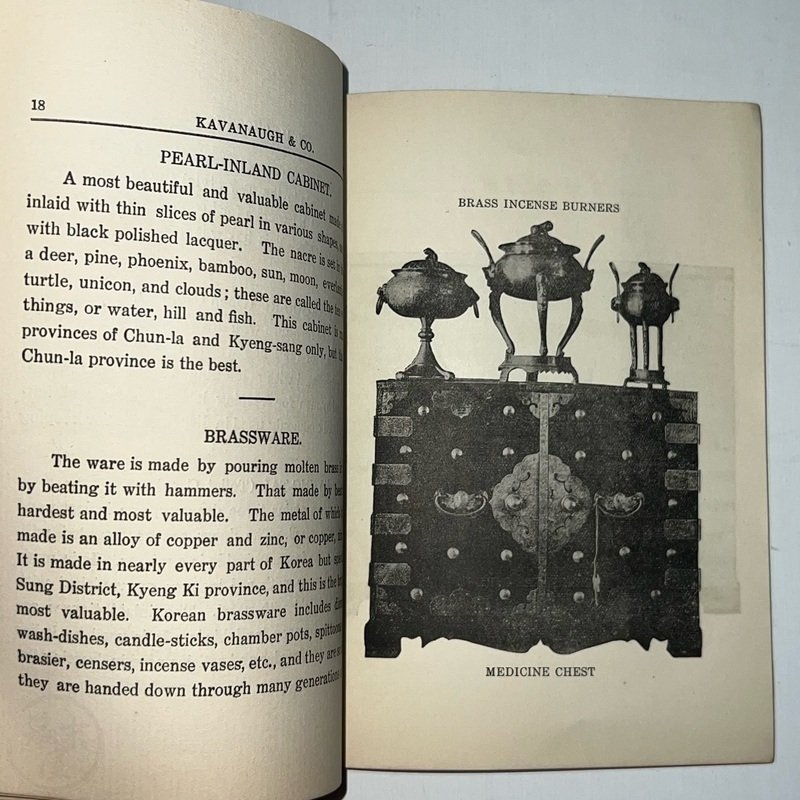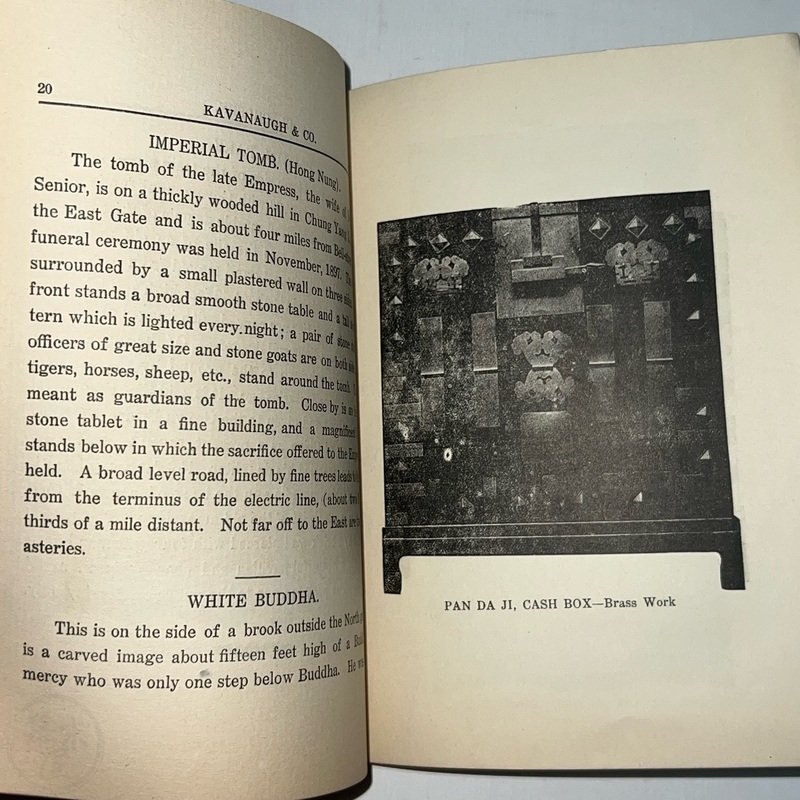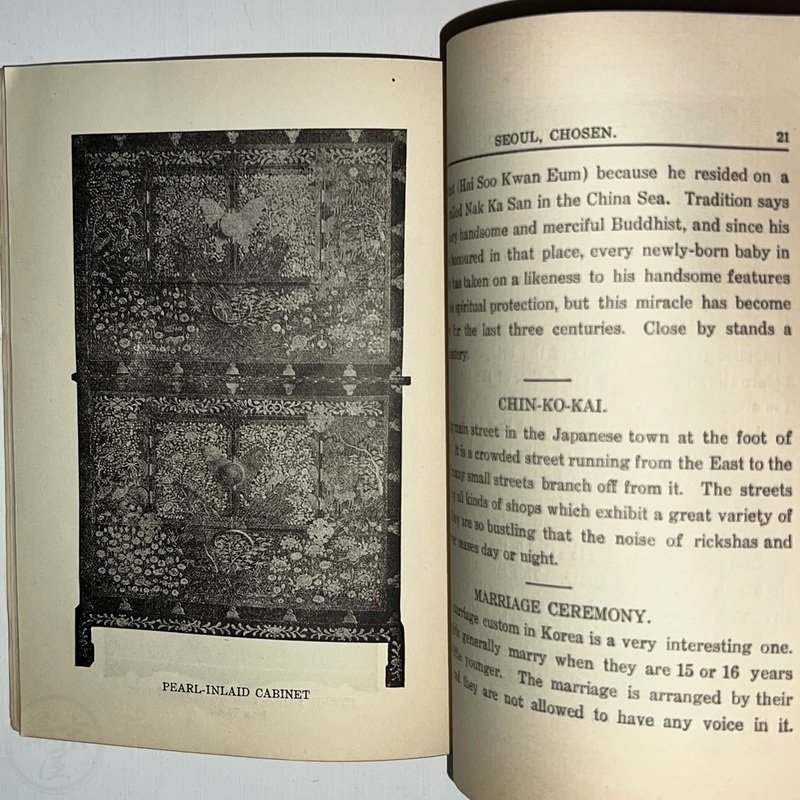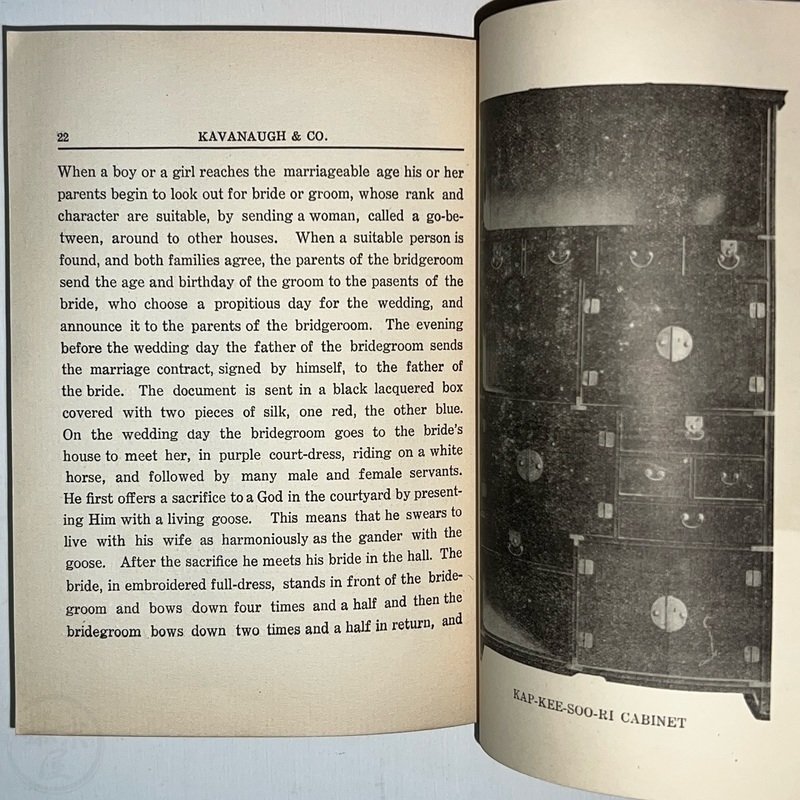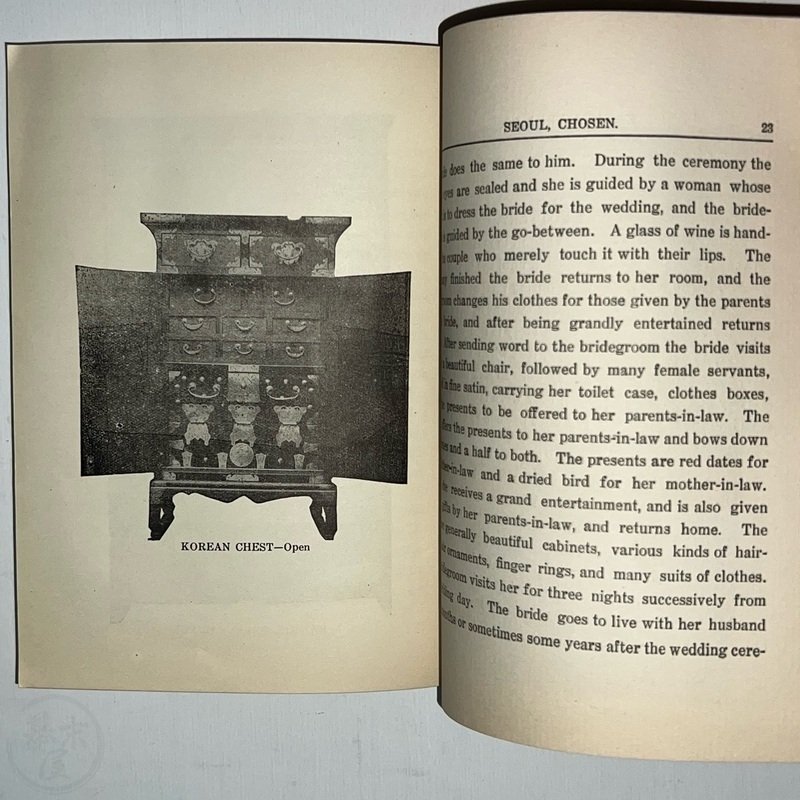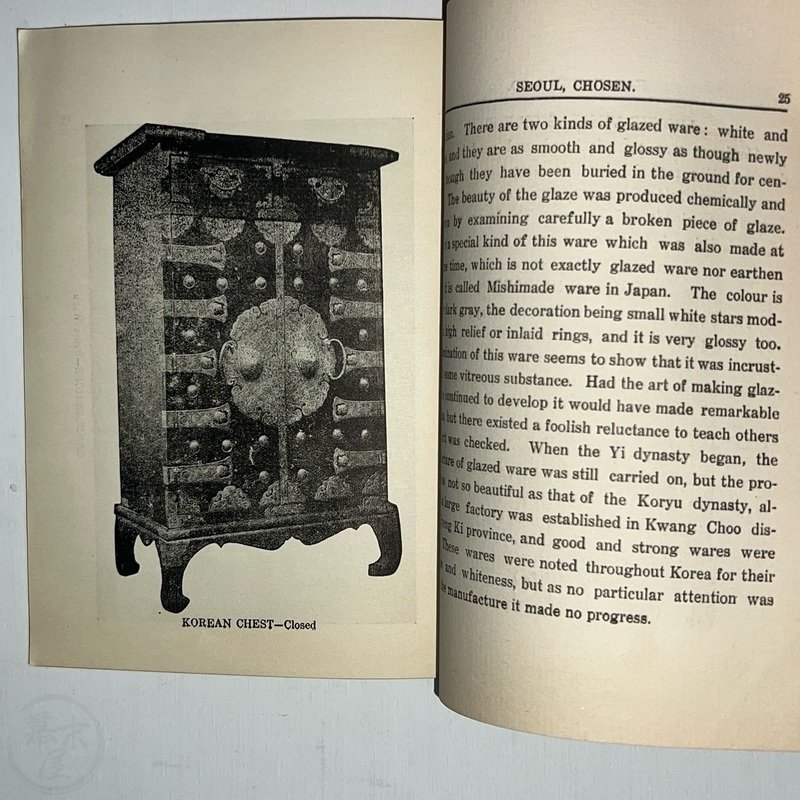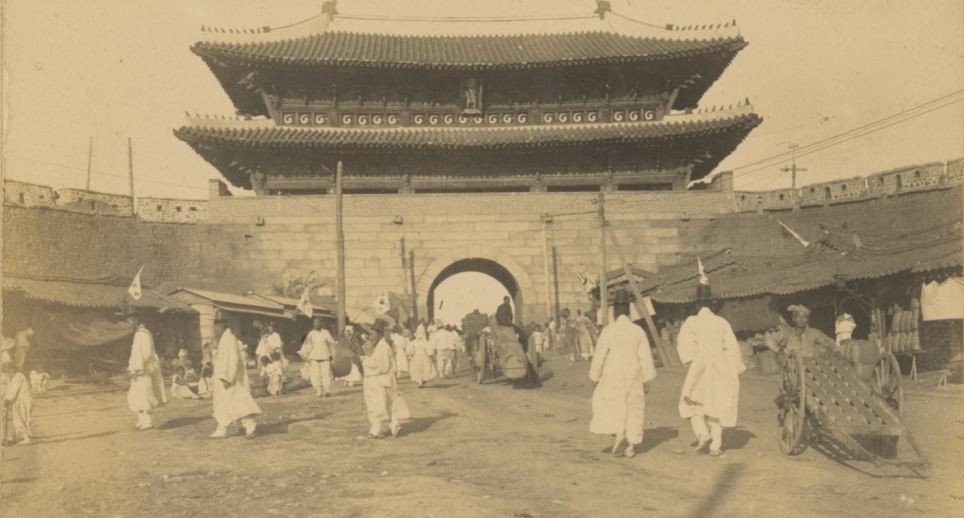Featured photo: The historic 24-hour “Namdaemun” market is located next to this 14th century gate, one of eight surrounding Seoul.
At the end of the 19th century, Korea began to open up to the outside world after centuries of isolation. One of the earliest groups of foreigners to visit Korea during this period were diplomats, missionaries, and traders from Western countries, particularly from the United States, France, and Britain.
Korean antique furniture at the end of the 19th century was a deeply traditional craft, shaped by centuries of Confucian aesthetics, social customs, and regional variations. When the first Westerners—especially diplomats, missionaries, and collectors—arrived in Korea in the late 1800s, they encountered a material culture that was unfamiliar yet intriguing, especially in comparison to Chinese or Japanese decorative arts, which were already better known in the West.
Some of the earliest accounts and collections came from:
Horace Newton Allen – An American missionary and diplomat who served in Korea from the 1880s. Though not an art historian, he observed daily life and customs, sometimes including household items.
Percival Lowell – A writer who visited Korea in 1883 and wrote “Chosön, the Land of the Morning Calm” (1885). He described Korean interiors and furniture with curiosity and admiration.
Isabella Bird Bishop – A British traveler and writer who visited in the 1890s. In her book “Korea and Her Neighbours”, she offered vivid descriptions of Korean homes and furnishings.
Collectors for museums – Some Westerners acquired furniture to send back to institutions like the British Museum, the Smithsonian or Musee Guimet in Paris. These early acquisitions helped shape the early scholarly understanding of Korean material culture.
At the time, Korean furniture was not as prized as Chinese or Japanese pieces in the Western art market, primarily because it was:
- Less ornate – Western collectors at the time often favored heavily lacquered or gilded pieces.
- Functional and modest – Korean aesthetics prioritized utility and harmony with nature over grandeur.
- Not widely exported – Unlike Chinese and Japanese art, Korean antique furniture was rarely seen outside Korea before the 20th century.
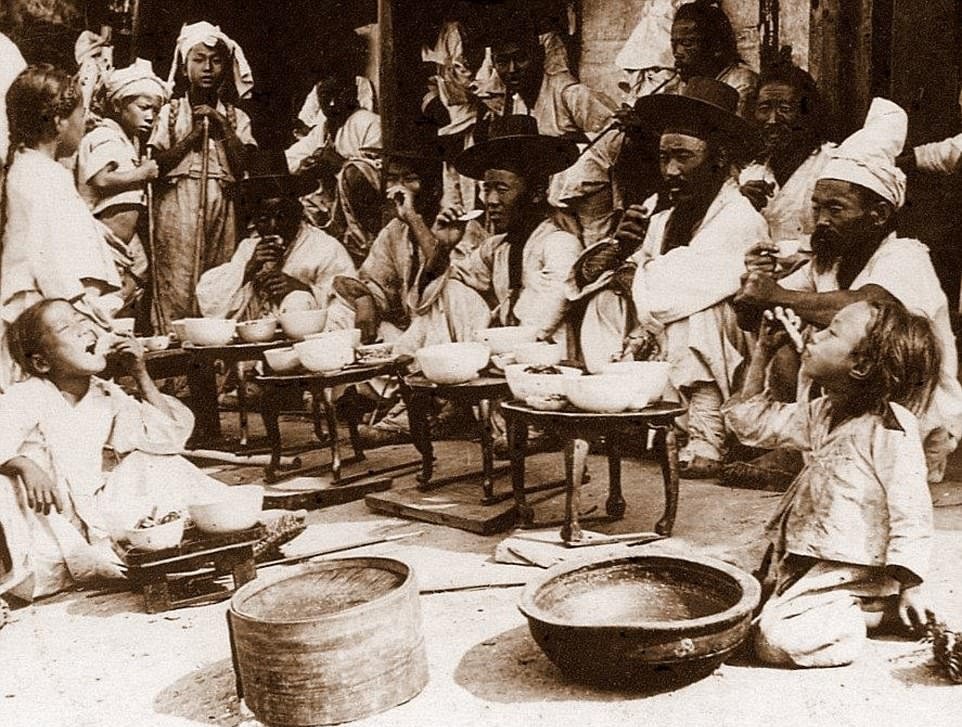
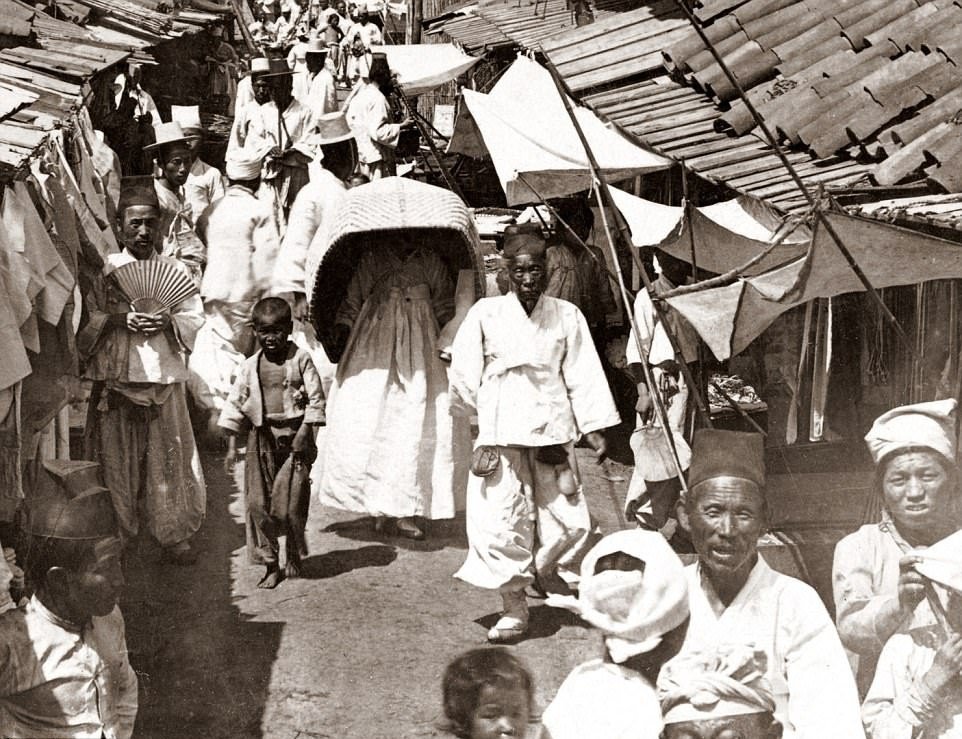
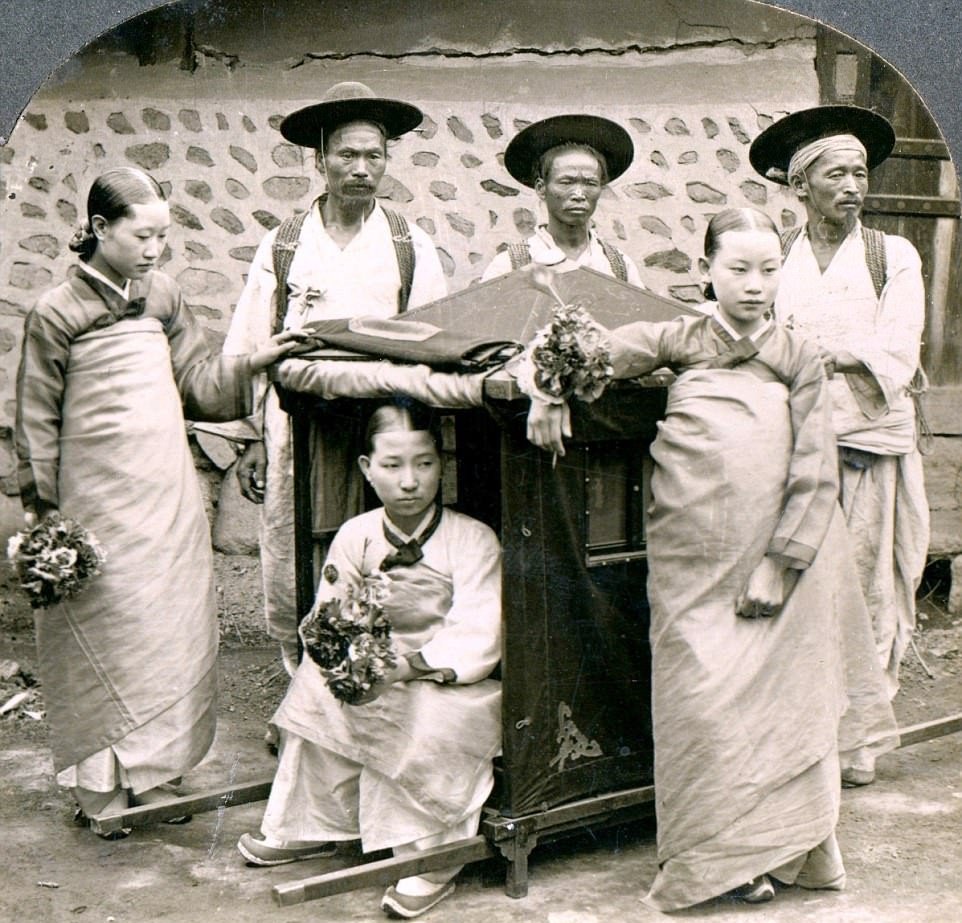
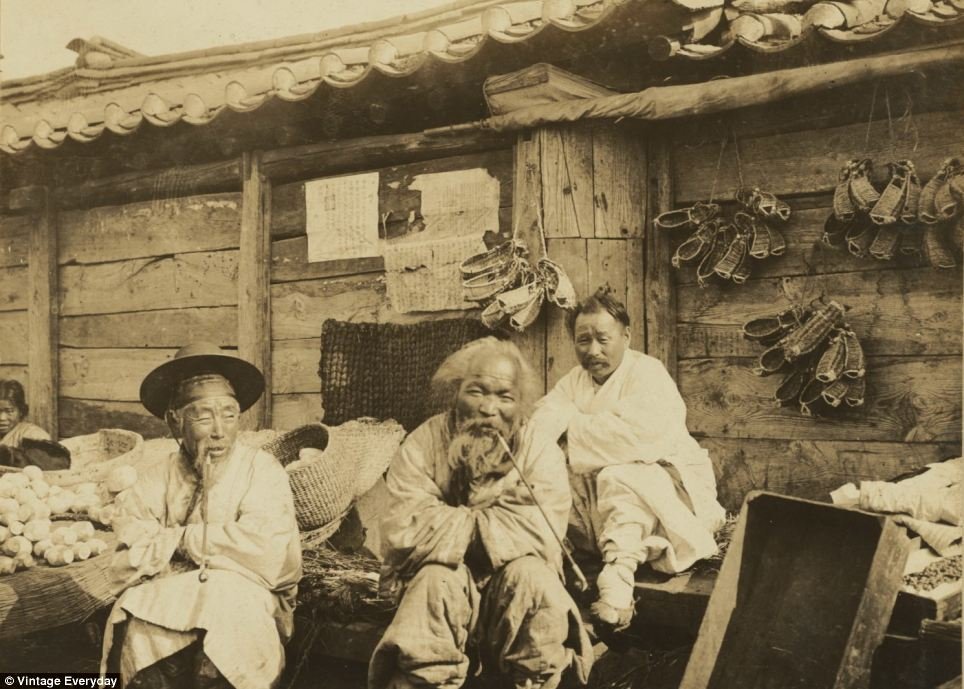
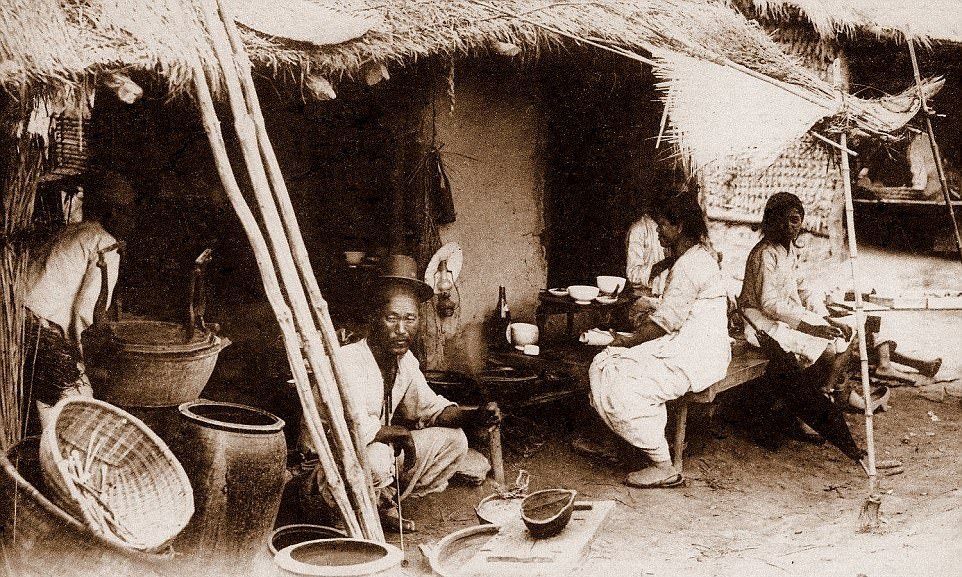
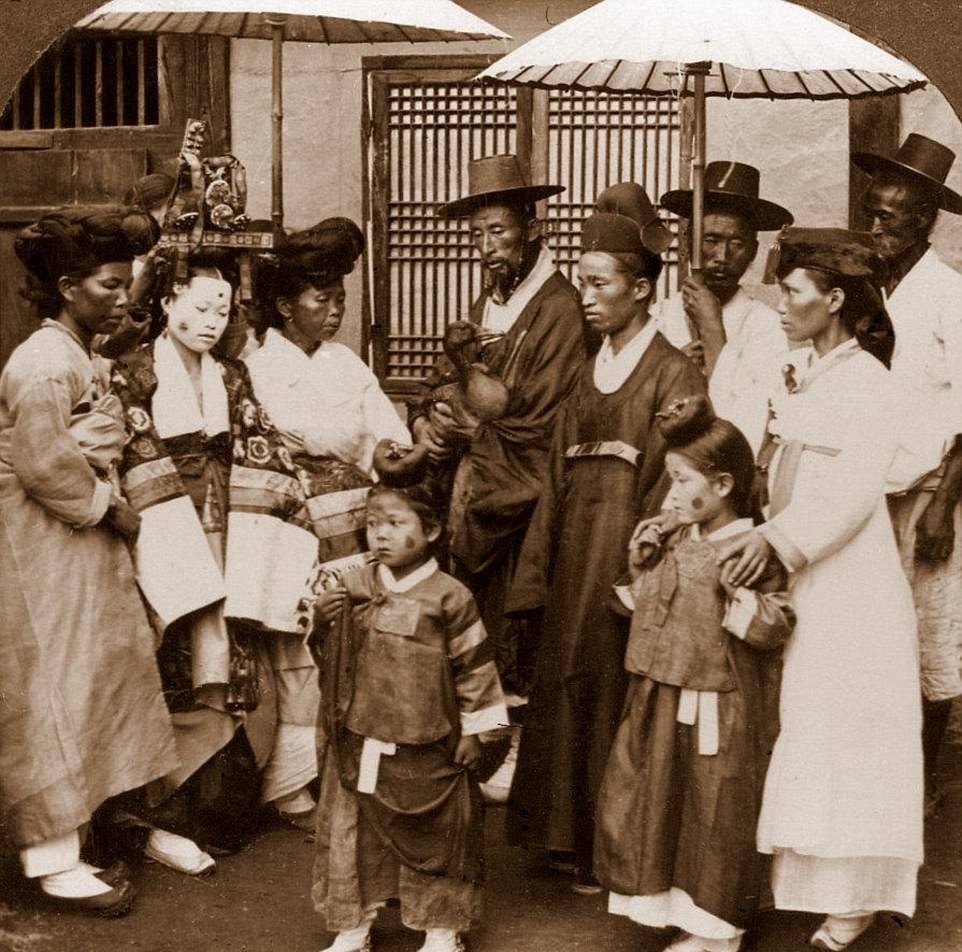
TESTIMONIES.
On Korean Art Available on the Markets in the Early 20th Century
CARLO ROSSETTI. (1876–1948) was the second Italian consul to Korea, serving from November 1902 to May 1903.
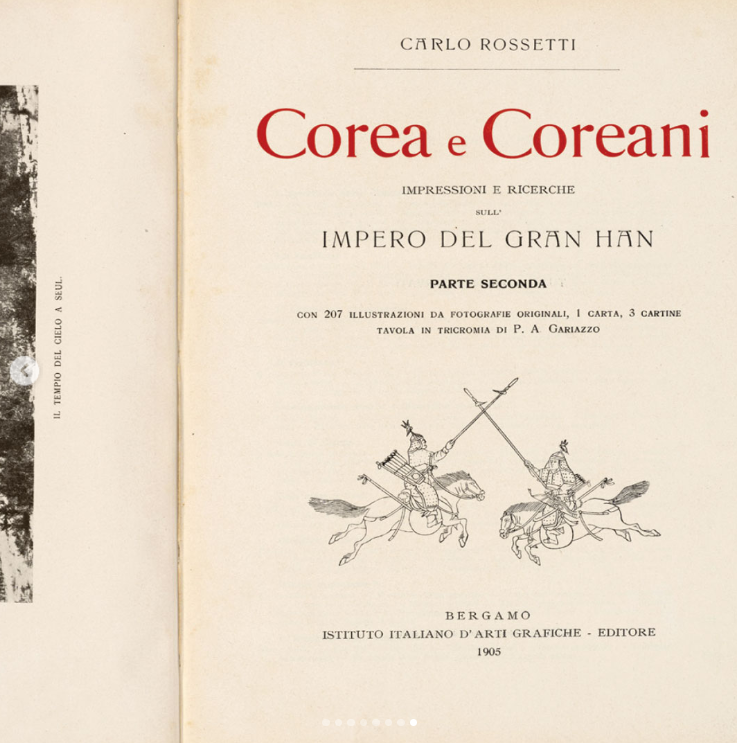
Corea e coreani : impressioni e ricerche sull’impero del Gran Han. Bergamo : Instituto d’arti grafiche, 1904-1905.
Korea and Koreans: Impressions and Research on the Empire of the Great Han. Bergamo: Instituto d’arti grafiche, 1904-1905.
Some Observations by Carlo Rossetti:
To the question: Is it still possible to find in Korea objects that recall the splendor of its glorious past?
Carlo Rossetti replies:
Unfortunately, nothing remains—or at least very little. This decline of Korean art is not recent; it dates back to the advent of the current dynasty (Joseon) more than five centuries ago. The main causes were twofold: first, the relocation of the capital from Songdo to Seoul, and second, the banishment of the Buddhist faith.
Available items in Seoul markets.
Regarding chests, there are three main types, depending on whether they are made in Seoul, Jeolla-do, or Pyongan-do. Those from Seoul are generally the least attractive—either large and massive in natural wood with brass ornaments, or smaller, very roughly lacquered in red and similarly decorated with brass fittings. The best ones come from Jeolla-do, made with rather simple black lacquer and mother-of-pearl inlay. But the most precious of all—the only ones that truly bear a distinctive artistic imprint—are those from Pyongan-do. Very simple in form, made of natural wood with a dark tone, they are decorated only with numerous wrought iron nails arranged in very meticulous and refined designs. In a certain sense, they are reminiscent of our old Florentine and Sienese strongboxes from the 14th century. All these pieces of furniture and objects are the only ones made for the general use of the people, and therefore can be found on the market without difficulty.
Types of Furniture Popular and Sought After by Foreigners in the Early 20th Century.
It is interesting to note that the selection of Korean furniture at the time by early expatriates reflects the artistic tastes of late 19th-century Europe. Indeed, traditionally, furniture from the Joseon dynasty was generally austere, finished in dark colors, and devoid of excessive decoration. However, at the beginning of the 20th century, a new series of furniture appeared with modified designs, often adorned with prominent brass metal fittings.
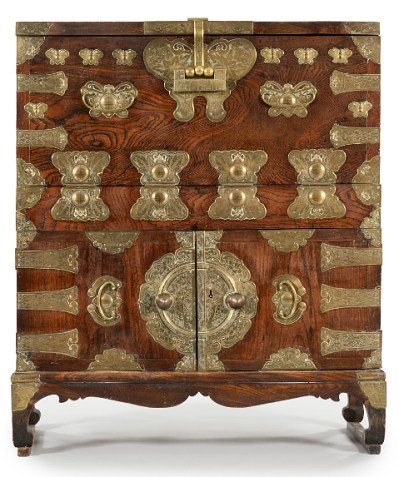
H. 125cm, W. 105cm, D. 44cm.
Elm wood, yellow brass fittings
Early 20th century. Purchased by Eileen Reeve Currier. Donated to the National Folk Museum of Korea.
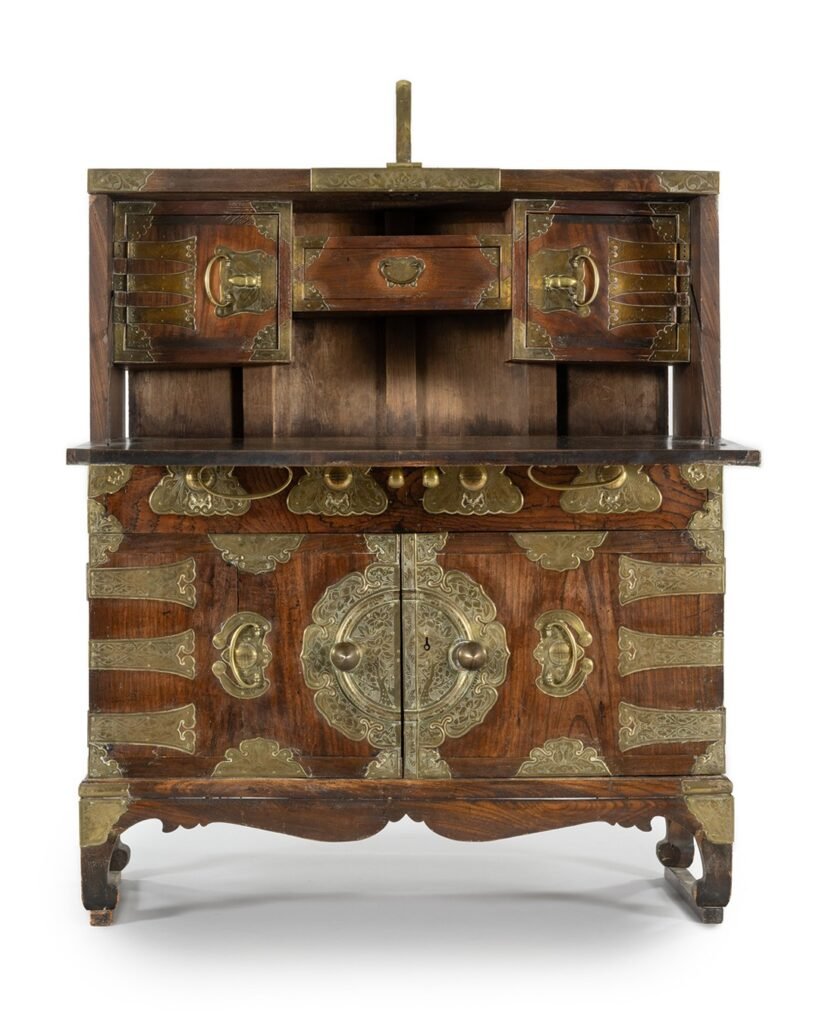
Photo above: This is a typical example of Korean furniture purchased by Westerners in the early 20th century. These pieces differ from earlier ones by the abundance of fittings, often made of yellow brass. The design has also been modified to allow the chest to be used as a desk.
Eileen Reeve Currier lived in Korea from 1926 until she immigrated to Canada in 1940. Her parents were prominent figures in the Korean expatriate community and had connections with the Taylor family, who operated the Taylor Trading Company. This company, run by the Taylor brothers from the 1910s to the 1930s, was located in what is now Taepyeong-ro and Sogong-dong in Seoul. In addition to general trading, they operated an antique shop that specialized in traditional Korean art pieces and various ‘modern’ furniture. It was at this shop that Eileen’s family acquired the chest.
Antique furniture dealers in Seoul – Early 20th century. The Taylor Trading Company.
